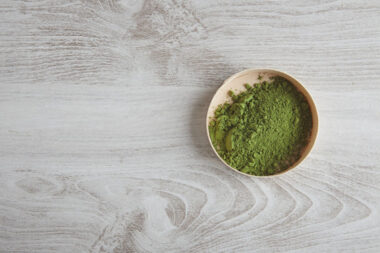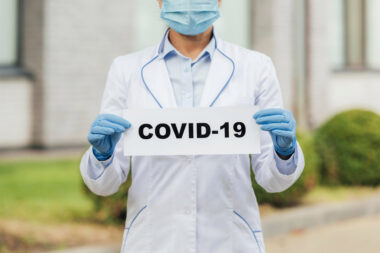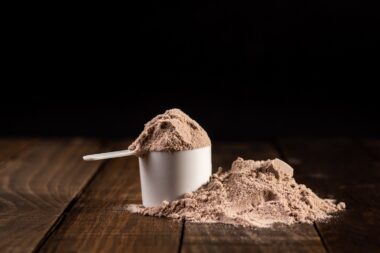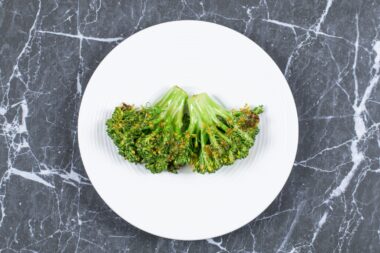Did you know what a heart-healthy diet consists of? Check out this article to evaluate very well how you understand some common food and heart health beliefs.
It’s difficult to adapt to the latest studies on food and heart health because knowledge is continually progressing.
Dietary guidelines change as research progresses. You may not even be able to tell reality from fiction if you aren’t up to date on the newest research regarding a heart-healthy diet (or if you don’t acquire your knowledge from trusted sources).
Cardiovascular Disease and a Balanced Diet: Certain Beliefs and Realities
1. The less oil (fat) you consume, the healthier
No, that is not the case. Years previously, it was considered that eating a low or moderate-fat diet was the greatest way to aid in the prevention of disease. However, public opinion has shifted, and most specialists today advocate a Mediterranean-style diet to improve cardiovascular health.
Fruits, vegetables, and whole grains are highlighted in this eating plan. Also, it includes foods that contain heart-healthy fats, such as fish, nuts, and olive oil, which contain monounsaturated and polyunsaturated fats that can help to keep blood fat levels under control.
Good reason to boycott becoming fully fat-free. Whenever lipids are removed from a diet, processed carbohydrates are frequently substituted.
2. A heart-healthy diet is predictable and uninteresting
Well, it’s not true. Numerous individuals mistakenly believe that a heart-healthy diet is bland and tasteless because it lacks salt and fat. A heart-healthy diet contains moderate quantities of good fats, as I discussed before. Several of these healthy fat alternatives also add a lot of taste to dishes.
A juicy avocado smeared on whole grain bread, a sprinkling of nuts or seeds on steaming veggies, or some extra virgin olive oil poured over a ripe tomato are anything from monotonous or dull. While many of us consume more sodium than we require, the majority of our sodium comes from processed foods rather than a salt shaker.
In most cases, a tiny quantity of salt in cooking is not an issue. The remedy to monotonous and dull is extensive use of extremely delicious components such as spices, herbs, peppers, garlic, and citrus.
Also read: Nutritional Needs During Pregnancy: What To Eat, What To Avoid
3. Saturated fats aren’t harmful to the cardiovascular system
Well, the truth is this matter has received a lot of attention recently. The controversy was prompted in addition by several recent studies in the medical journals that looked into the link between saturated fat and cardiovascular attacks.
Researchers also suggested that saturated fats may not be as harmful to the heart as previously believed. Many of those in the science establishment, however, have questioned the studies, claiming that the analysis of data was poor and the results were deceptive.
There is still evidence that significant saturated fat consumption increases the risk of heart disease. Current guidelines continue to encourage lowering your total saturated fat consumption and replacing it with fat from heart-healthy causes.
4. The greatest strategy to decrease your bad cholesterol is to consume less cholesterol-rich foods
Although it may seem counterintuitive, increasing the level of cholesterol you consume isn’t the primary source of cholesterol in your blood. The liver produces the majority of the cholesterol that flows in your body. As a result, lowering your cholesterol intake will only have a minor impact on your blood cholesterol level.
That isn’t to say you should consume cholesterol-rich meals at will. Some high-cholesterol meals are also rich in total fat, saturated fat, and calories (for example, sausages, bacon, cheese, and ice cream).
Also read: Is Salsa Good For You? Pros And Cons Of Salsa
5. Chocolate is good for your heart health
It appears to be too wonderful to be genuine. Is it possible that something which seems so decadently luscious might truly be beneficial for you? So here is everything you need to understand about chocolate and your heart already when you start consuming it.
Cacao beans naturally contain phytonutrients called flavanols, which are used to make chocolate. These are naturally occurring substances that assist to keep blood pressure in check and promote cardiac blood circulation. Unfortunately, not all cocoa products are high in flavanols.
The amount of flavanol in cacao diminishes when it is processed into chocolate. The fewer total flavonols in the end product, more and more sugar, milk, and other additives the chocolate comprises. Dark chocolate, on the other hand, has a greater flavanol concentration than dairy milk chocolate.
There really are alternative methods to receive flavanols even without fat, sugar, and calories found in chocolate. Berries, apples, almonds, and tea are other excellent sources. Therefore please note that several chocolate items might eat up a lot of your calorie allowance due to their fat and sugar levels.
If you want to splurge and have some additional calories, do it because you enjoy the flavor, not just because you think chocolate would protect you against cardiovascular disease.

Anvi has done Bachelor’s and Master’s in Nutrition and Dietetics. She’s planning to do a Ph.D. in Public Health Nutrition moving forward.







































Leave a Reply